The 1960s and 1970s were a turning point for movie special effects, with filmmakers pushing the limits of technology to bring audiences into new worlds. Whether through practical effects, stop-motion animation, or groundbreaking early CGI, these films left audiences in awe. Some of these effects still hold up today, while others have a charming, old-school magic that reminds us of a time when special effects were crafted by hand. Let’s take a look at 15 movies from the ’60s and ’70s with special effects that absolutely blew our minds back then.
1. 2001: A Space Odyssey (1968)
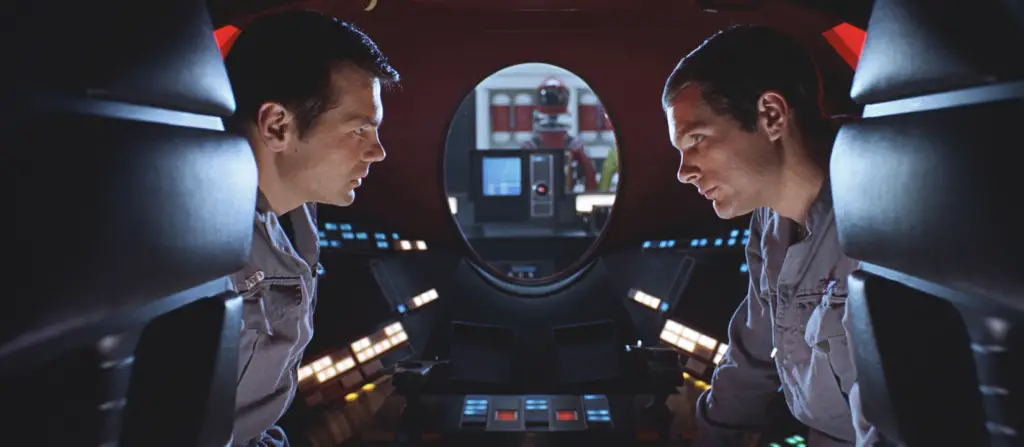
Stanley Kubrick’s 2001: A Space Odyssey wasn’t just a sci-fi masterpiece—it was a technical revolution. The film’s breathtaking space sequences, zero-gravity effects, and realistic depictions of spacecraft were created without the help of CGI, making them even more impressive. The use of miniatures, front projection, and a massive rotating set for the space station’s interior set a new standard for realism in sci-fi. Even today, its visual effects remain astonishingly convincing, proving that Kubrick’s meticulous craftsmanship was years ahead of its time.
2. Star Wars (1977)

No movie in the ’70s changed special effects like Star Wars. George Lucas and his team at Industrial Light & Magic pioneered new techniques, including motion-controlled cameras, groundbreaking miniature work, and complex optical compositing. The lightsaber effects, explosive space battles, and the sheer scale of the Death Star attack were unlike anything audiences had ever seen. It’s no surprise that Star Wars won an Oscar for Best Visual Effects and set the stage for modern blockbusters.
3. Close Encounters of the Third Kind (1977)
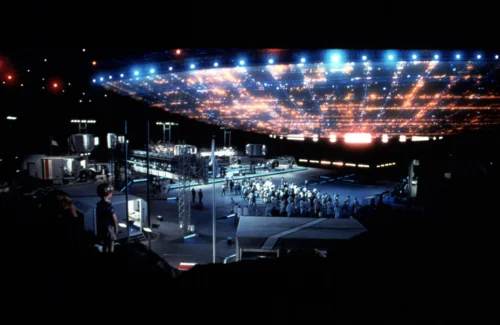
Steven Spielberg’s Close Encounters of the Third Kind turned UFOs into dazzling light shows, using revolutionary motion-controlled camera techniques and intricate miniatures. The mothership’s arrival, with its swirling lights and ethereal glow, was one of the most visually stunning sequences of the decade. Effects wizard Douglas Trumbull, fresh off 2001: A Space Odyssey, helped create the film’s mesmerizing look. The film’s ability to make extraterrestrials feel both mysterious and wondrous was a special effects triumph.
4. Planet of the Apes (1968)
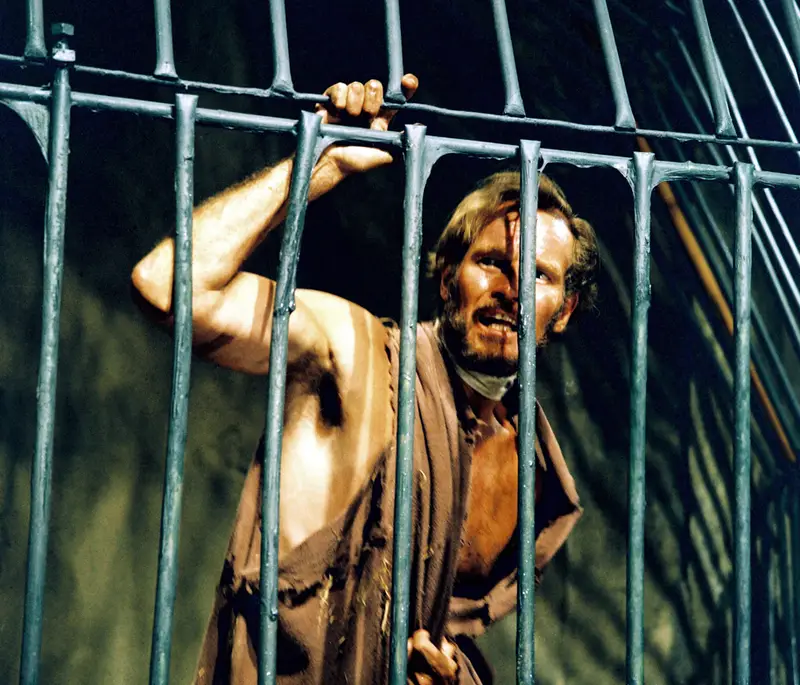
Before CGI, creating intelligent, talking apes on screen seemed nearly impossible—but Planet of the Apes made it work. The film’s groundbreaking makeup, designed by John Chambers, turned human actors into convincing simian characters, complete with expressive faces and realistic movement. The level of detail was so advanced that it won a special Academy Award for makeup. The film’s stunning final twist, featuring the ruined Statue of Liberty, was a visual moment no one ever forgot.
5. Superman: The Movie (1978)
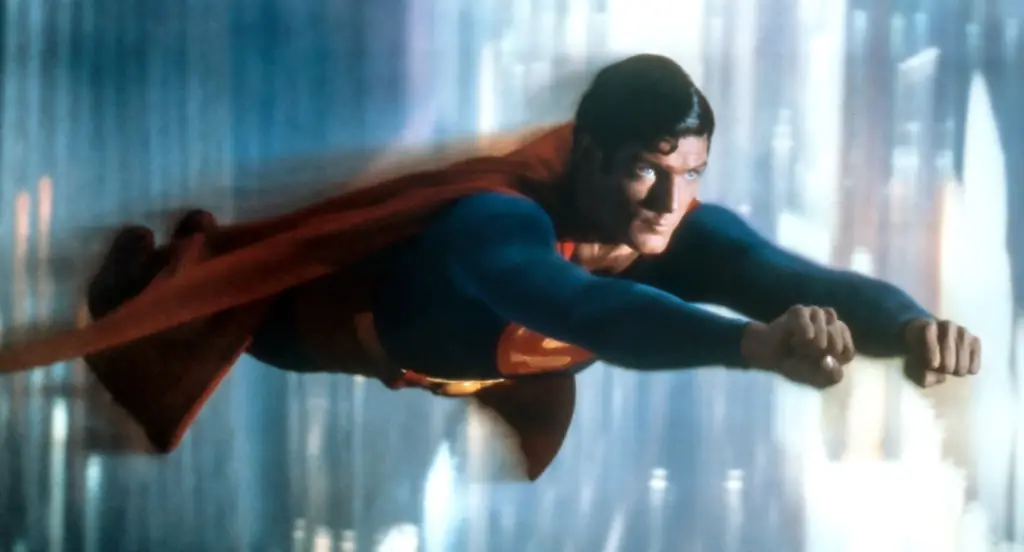
When Superman: The Movie promised that audiences would “believe a man can fly,” it wasn’t just marketing hype—the film delivered. Using a combination of wirework, front projection, and a new technique called the Zoptic special effects system, Christopher Reeve’s Superman soared across the screen like never before. The seamless blending of practical and optical effects made Superman’s flight look shockingly real for the time. It set a new standard for superhero movies and remains one of the greatest special effects achievements of its era.
6. The Andromeda Strain (1971)
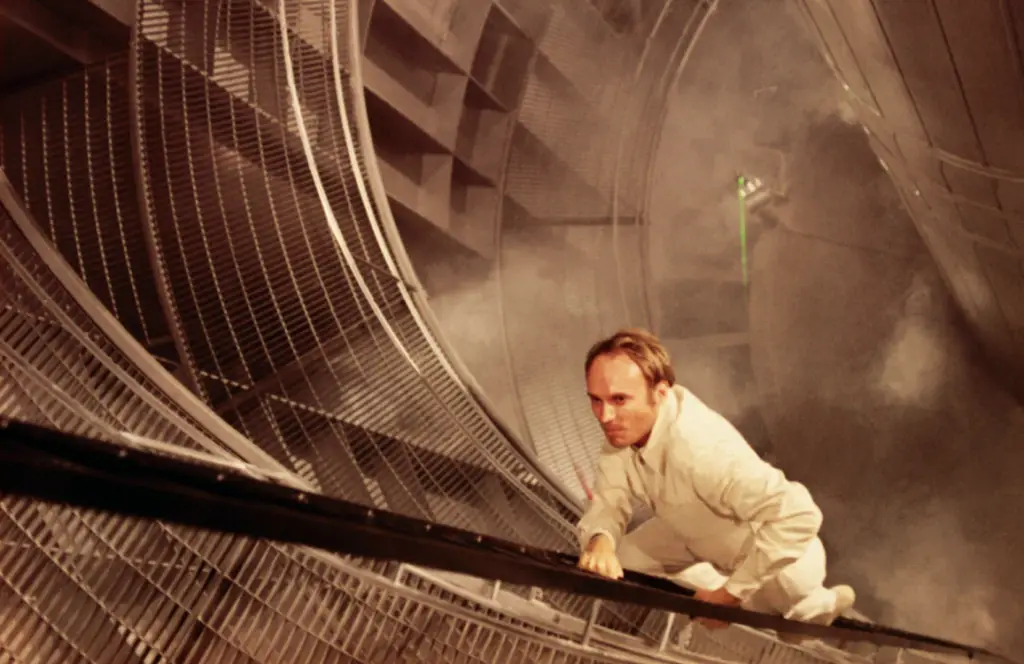
This cerebral sci-fi thriller wasn’t packed with action, but its special effects were ahead of their time. The film’s detailed microscopic visuals of the alien virus, its high-tech sterilization sequences, and its eerie, futuristic research lab felt cutting-edge. The use of electronic effects and split-screen imagery added to the sense of realism. It was one of the first films to depict scientific technology with such authenticity, making it feel like a documentary from the future.
7. Fantastic Voyage (1966)
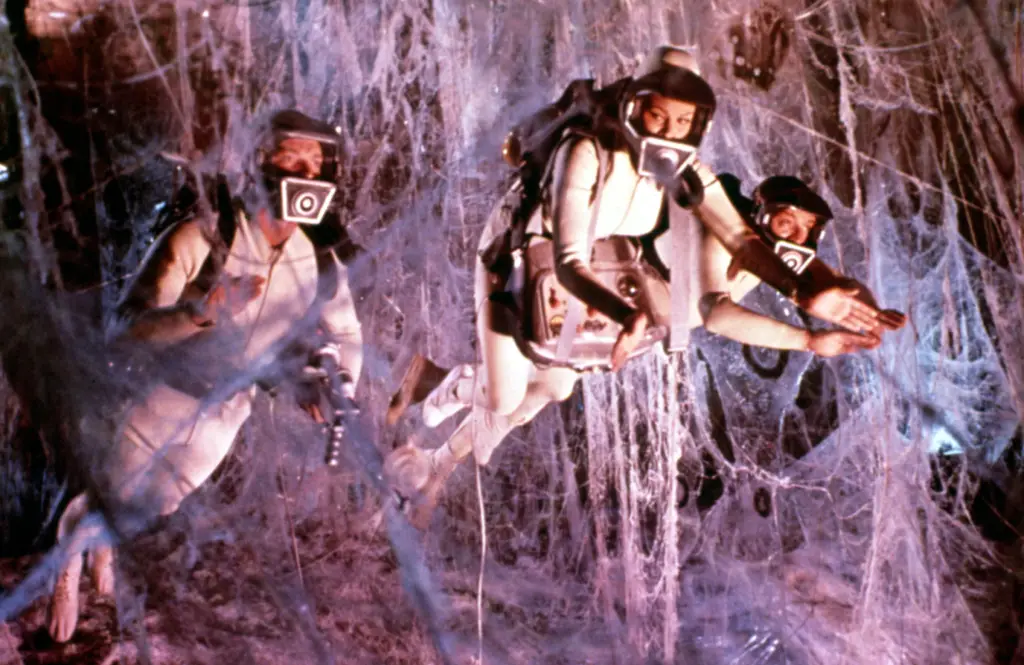
The idea of shrinking a submarine and sending it inside the human body was pure sci-fi magic, but Fantastic Voyage made it look stunning. The film used elaborate sets, lighting effects, and liquid-based visuals to create a microscopic world of arteries, blood cells, and immune system attacks. The sequence featuring a giant eyeball from inside the human body was particularly jaw-dropping for audiences. It was a milestone in practical effects, proving that anything was possible with enough creativity.
8. The Exorcist (1973)
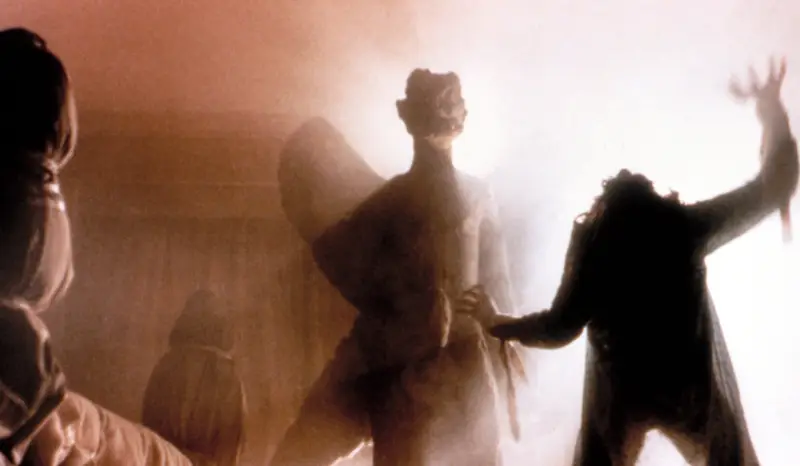
Horror films weren’t known for groundbreaking special effects, but The Exorcist changed that. Linda Blair’s terrifying transformation into a possessed child involved mechanical rigs, elaborate makeup, and chilling effects like her head spinning 180 degrees. The levitation scene, achieved with hidden wires and trick camera work, remains one of the most famous horror moments ever filmed. Its realistic, disturbing visuals made The Exorcist one of the most shocking movies of its time.
9. Logan’s Run (1976)
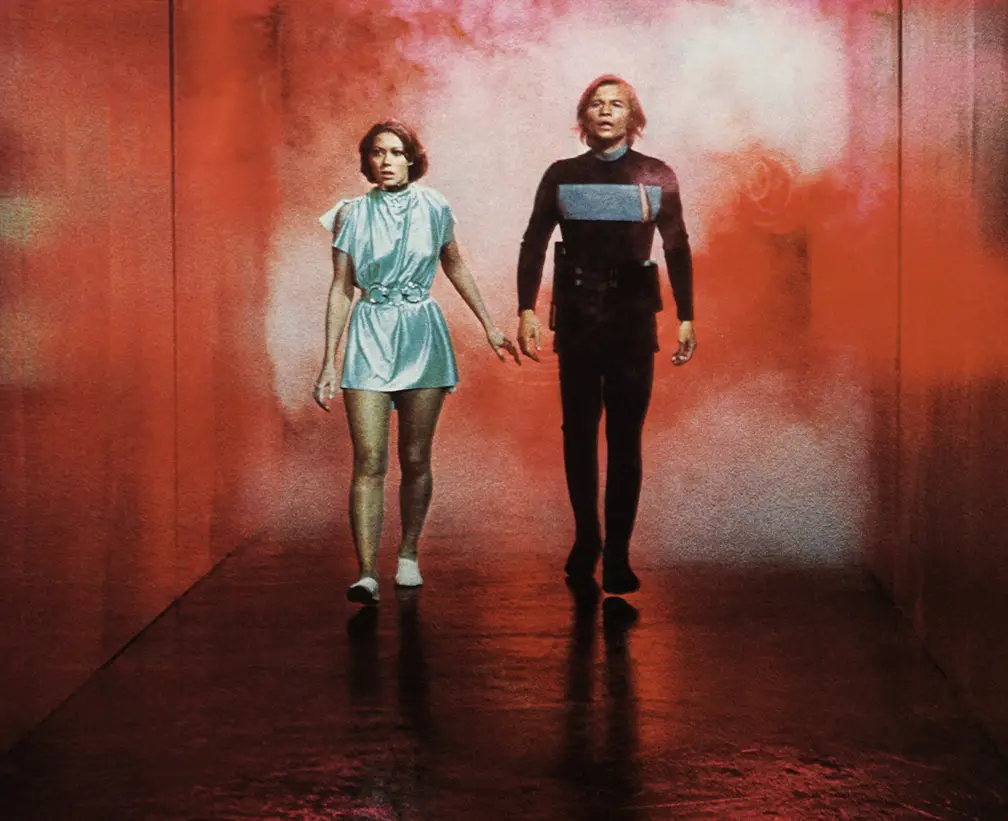
Before Star Wars dominated sci-fi, Logan’s Run gave audiences a glimpse of a dazzling (but dystopian) future. The film featured large-scale miniatures of futuristic cities, glowing life-clocks embedded in people’s hands, and an iconic scene of a fiery “renewal” ritual. While some of the effects may look dated now, at the time, they felt revolutionary. It was one of the last great sci-fi epics before Star Wars completely changed the game.
10. The Black Hole (1979)
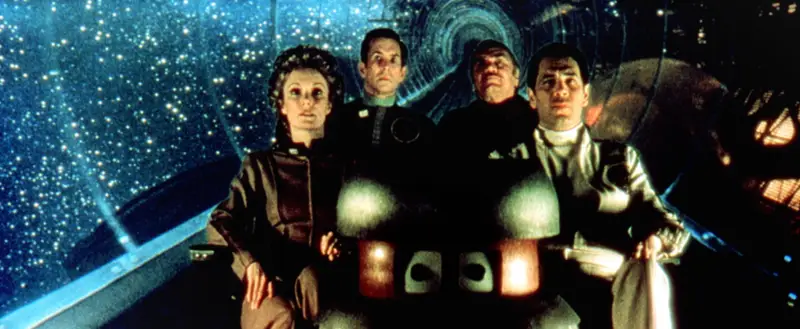
Disney’s The Black Hole was one of the first films to heavily use CGI, particularly for its groundbreaking black hole effects. It also featured complex miniatures and motion-controlled cameras similar to those used in Star Wars. The eerie, glowing visuals of the black hole’s gravitational pull were unlike anything seen before. While the film itself had mixed reviews, its special effects were undeniably impressive for the time.
11. Jason and the Argonauts (1963)
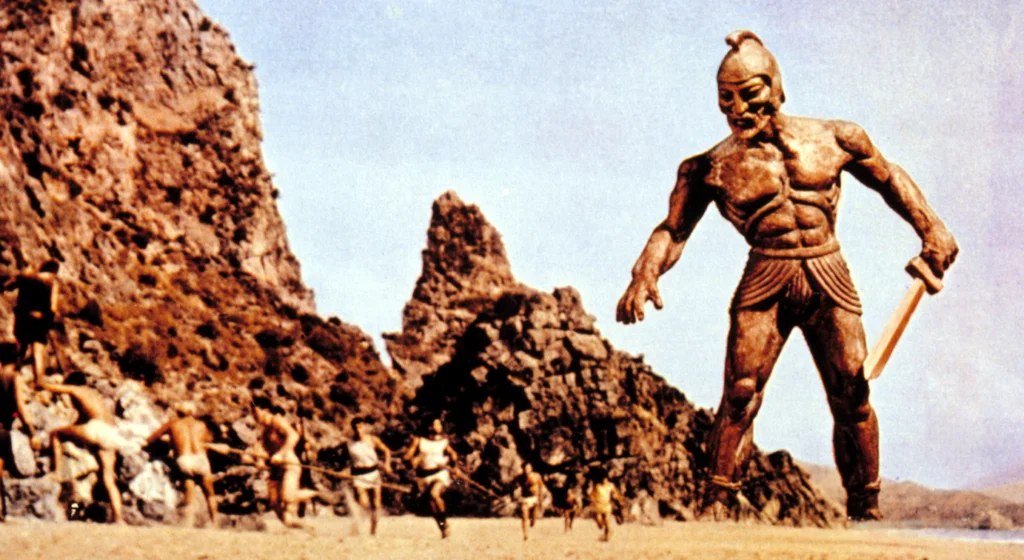
Ray Harryhausen’s stop-motion animation reached its peak with Jason and the Argonauts, particularly in the legendary skeleton fight sequence. The scene, which took months to animate frame-by-frame, was so fluid and lifelike that it remains one of the greatest achievements in stop-motion history. The film also featured giant bronze statues, harpies, and other mythological creatures brought to life with Harryhausen’s impeccable craftsmanship. Even today, the special effects retain their charm and wonder.
12. Westworld (1973)
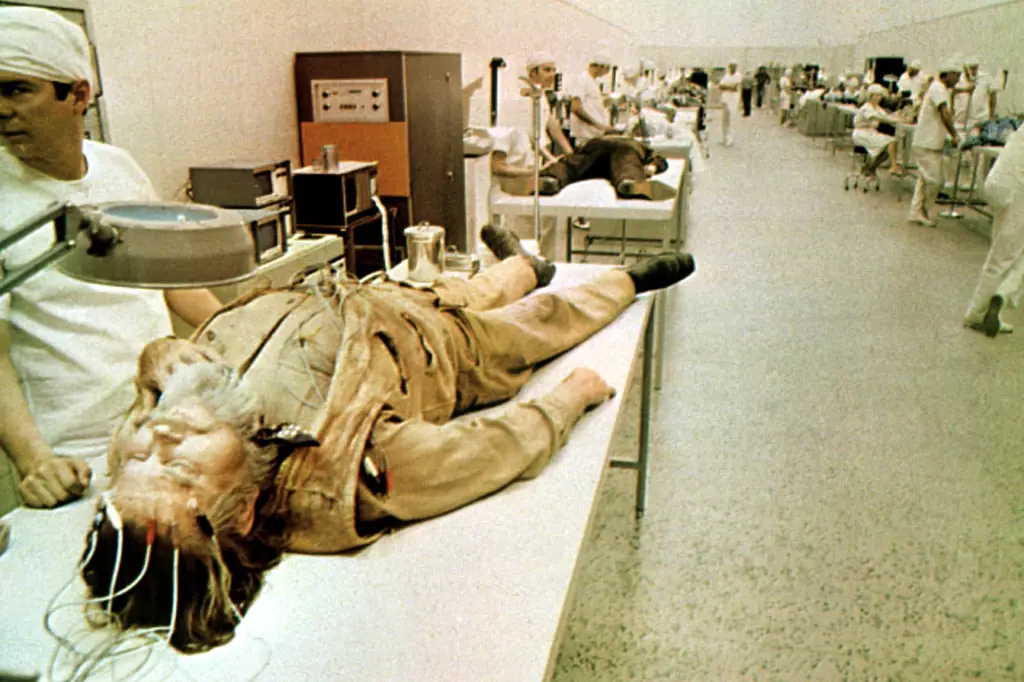
Michael Crichton’s Westworld was one of the first films to use computer-generated imagery (CGI), particularly for Yul Brynner’s robot character’s pixelated point-of-view shots. This early use of digital effects laid the groundwork for the CGI boom of the following decades. The eerie concept of malfunctioning robots in a futuristic theme park was enhanced by these cutting-edge effects. It was a glimpse into the digital future of filmmaking.
13. Silent Running (1972)
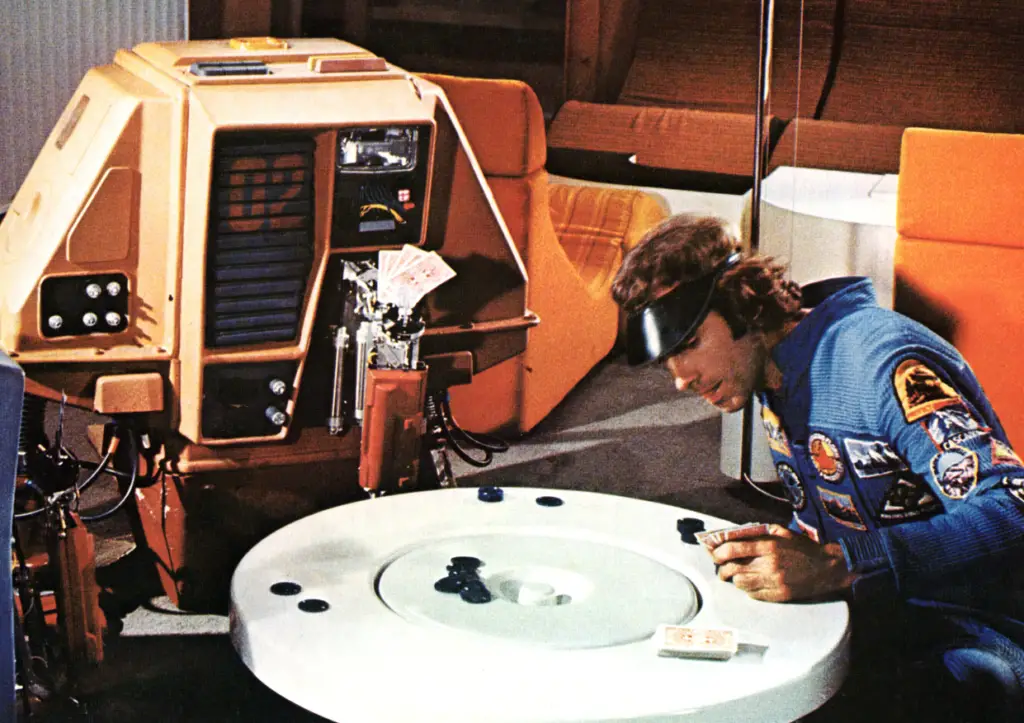
This underrated sci-fi film featured impressive practical effects, particularly its depictions of spaceships and floating robotic drones. The miniature work was detailed and realistic, creating a believable deep-space setting. The film’s small budget didn’t stop it from delivering visually stunning sequences that inspired later sci-fi classics. It remains a cult favorite for its innovative special effects and environmental themes.
14. Alien (1979)
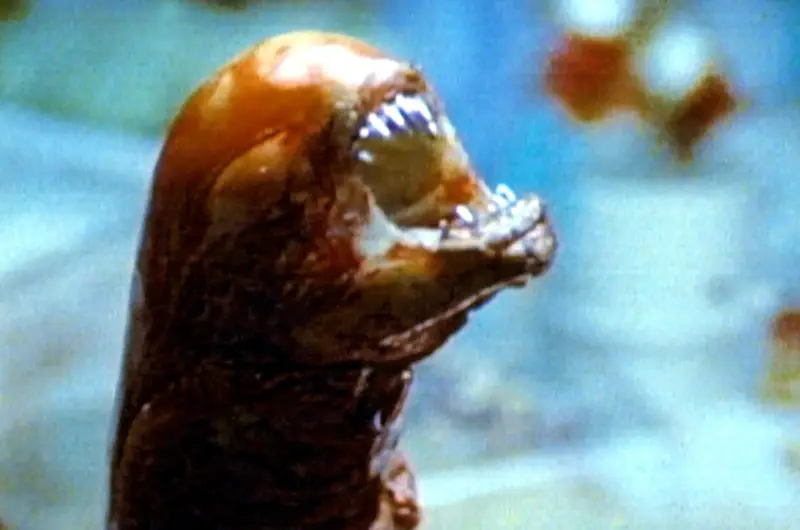
Ridley Scott’s Alien brought a level of realism to sci-fi horror that was unheard of at the time. The film’s use of H.R. Giger’s biomechanical creature design, practical effects for the chestburster scene, and massive, detailed sets created an immersive, terrifying world. The Xenomorph’s dripping, organic appearance and the film’s eerie spaceship corridors felt chillingly real. Alien set the gold standard for horror and sci-fi effects that still influence filmmakers today.
These movies didn’t just entertain—they transformed what audiences thought was possible on screen. Whether through miniatures, stop-motion, optical illusions, or early CGI, these films paved the way for the blockbusters of today. Even if modern technology has advanced beyond them, their groundbreaking effects still inspire awe, proving that innovation never goes out of style.


